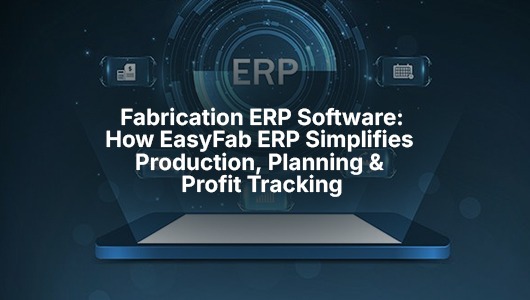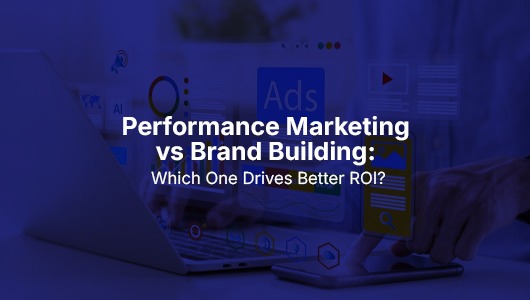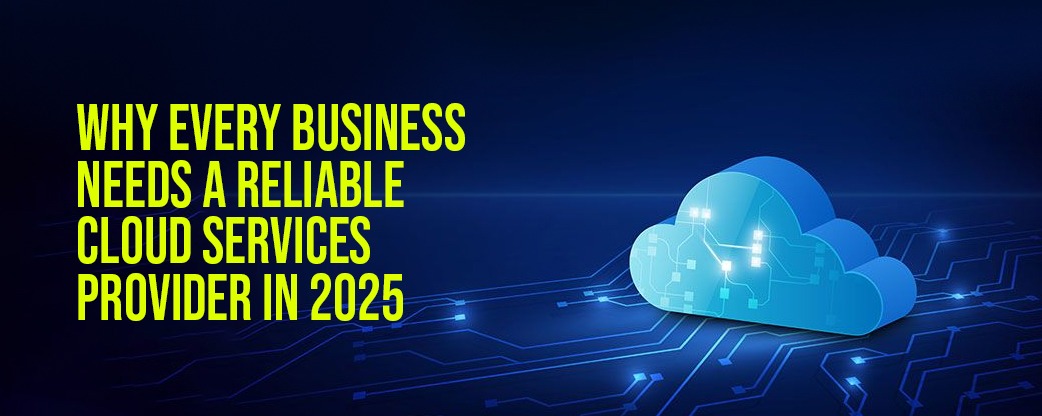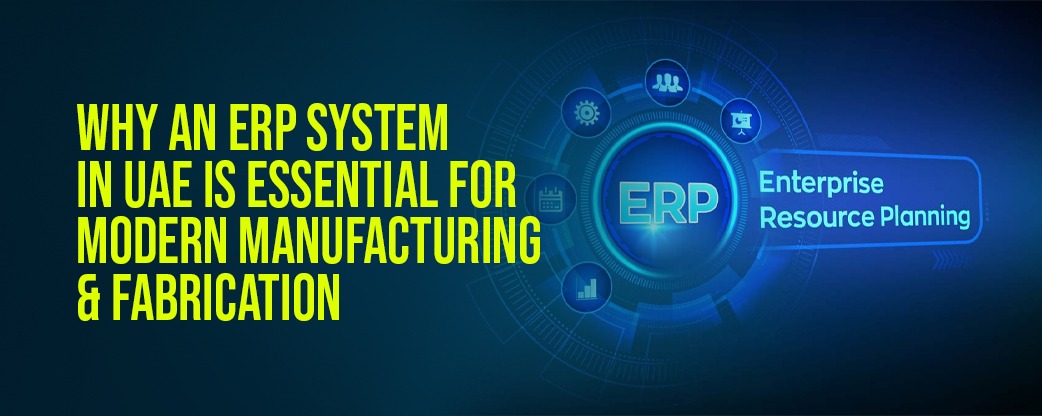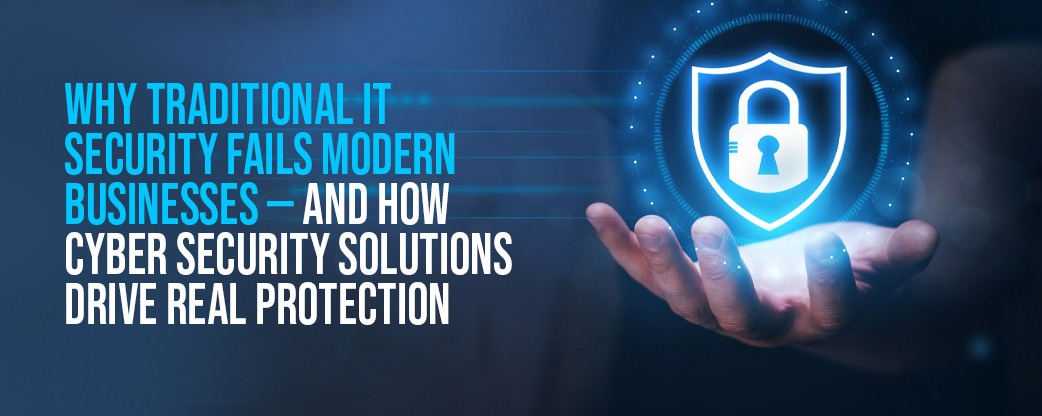In today’s rapid digital economy, businesses are no longer only going to the cloud—they’re becoming cloud-native businesses. The migration process is now only step one. What actually makes them successful is Smart Cloud Management, along with sound cyber defense practices. In 2025, those firms that strategically execute these practices aren’t merely streamlining business processes, but are also saving their companies millions of dollars in operational expenses and averting disastrous data breaches.
Enterprises considered cloud migration to be a one-off IT project for years. But soon, companies discovered that they are just getting started. It is only the beginning when they move applications and data. Without Smart Cloud Management, organizations experience issues such as:
The answer lies in Smart Cloud Management. By taking advantage of advanced analytics, automated monitoring, and intelligent orchestration, enterprises can achieve maximum efficiency with minimized waste across cloud environments.
The cloud landscape in 2025 is extremely sophisticated. Hybrid and multi-cloud architectures are the standard, and compliance with regulations has increased. This is why Smart Cloud Management is no longer a choice:
Cloud invoices can rapidly get out of hand. Smart Cloud Management solutions monitor usage in real-time, detect idle capacity, and forecast costs before they surges. Businesses can now save millions per year by intelligently re-provisioning resources and avoiding waste.
Threats in the cyber realm have grown parallel to cloud adoption. Conventional security solutions are inadequate for complicated cloud environments. Intelligent Cloud Management is combined with cybersecurity platforms that constantly scan for weaknesses, identify abnormalities, and apply security policies automatically. This proactive solution stops breaches and related monetary losses.
Spikes in demand—such as seasonal business peaks or surprise product releases—need quick scaling. Smart Cloud Management programmatically allocates resources so that applications continue to be responsive without the need for human oversight, providing efficiency as well as user satisfaction.
With tighter data protection regulations in 2025, staying compliant is key. Smart Cloud Management solutions provide automated compliance reporting, ongoing auditing, and risk assessment capabilities, preventing costly fines and brand loss for businesses.
Smart Cloud Management cannot stand alone. Coupling cutting-edge cyber defense capabilities gives it extra oomph. The convergence of these two approaches delivers:
This integrated strategy not only protects vital assets but also minimizes the risk of expensive downtime, legal fines, and customer trust loss.
A few global businesses have illustrated the concrete advantages of merging Smart Cloud Management with cyber defense in 2025:
A top bank incorporated Smart Cloud Management with AI-powered cybersecurity monitoring. In six months, they cut cloud expenditure by 30% and averted a would-be $50 million ransomware attack.
A retail e-commerce firm used predictive analytics in Smart Cloud Management to maximize server performance during peak holiday shopping seasons. They prevented downtime for Black Friday sales and saved more than $10 million in missed revenue.
A healthcare organization embraced automated compliance monitoring and cloud optimization. The outcome: optimized operations, no HIPAA breaches, and $5 million in savings on avoidable cloud costs.
These anecdotes reveal an important fact: Smart Cloud Management is more than a technology upgrade—it’s a strategic catalyst for financial effectiveness, operational resilience, and security.
To maximize the benefits of Smart Cloud Management, businesses should implement the following strategies:
AI-based resource allocation and automated processes minimize human error, reduce downtime, and streamline costs in real time.
Security cannot be an afterthought. Baking cyber defense into cloud operations makes every deployment secure by design.
Monitoring in real-time aids in discovering trends, identifying anomalies, and facilitating predictive maintenance before faults grow out of control.
Cloud and security personnel have to function in unison. Upfront training guarantees staff is able to effectively handle sophisticated cloud environments.
Utilize consolidated management systems to handle many cloud providers at once, guaranteeing cost savings, uniform security policies, and transparency of operations.
In the future, businesses will get more and more dependent on self-governing cloud environments. They will optimize workloads on their own, apply security policies autonomously, and anticipate possible system crashes before they happen. Intelligent Cloud Management will proceed to grow, complementing AI-powered cyber protection as the foundation of business robustness.
The future lies ahead in an entirely intelligent cloud environment where cost, performance, and security are balanced dynamically without any human input. The early movers in 2025 are already saving millions of dollars, creating a model that the competition can follow.
The path beyond cloud migration isn’t just about moving data—there’s more to it; it calls for strategic, smart management. Smart Cloud Management, together with proactive cyber protection, reinvents the way businesses run, secure, and grow. In 2025, the combination is not merely saving businesses millions—it is redefining agility, security, and profitability in a digital-first world.
Companies embracing this double play strategy now will be tomorrow’s industry leaders with lower costs, better security, and unparalleled operational efficiency.


